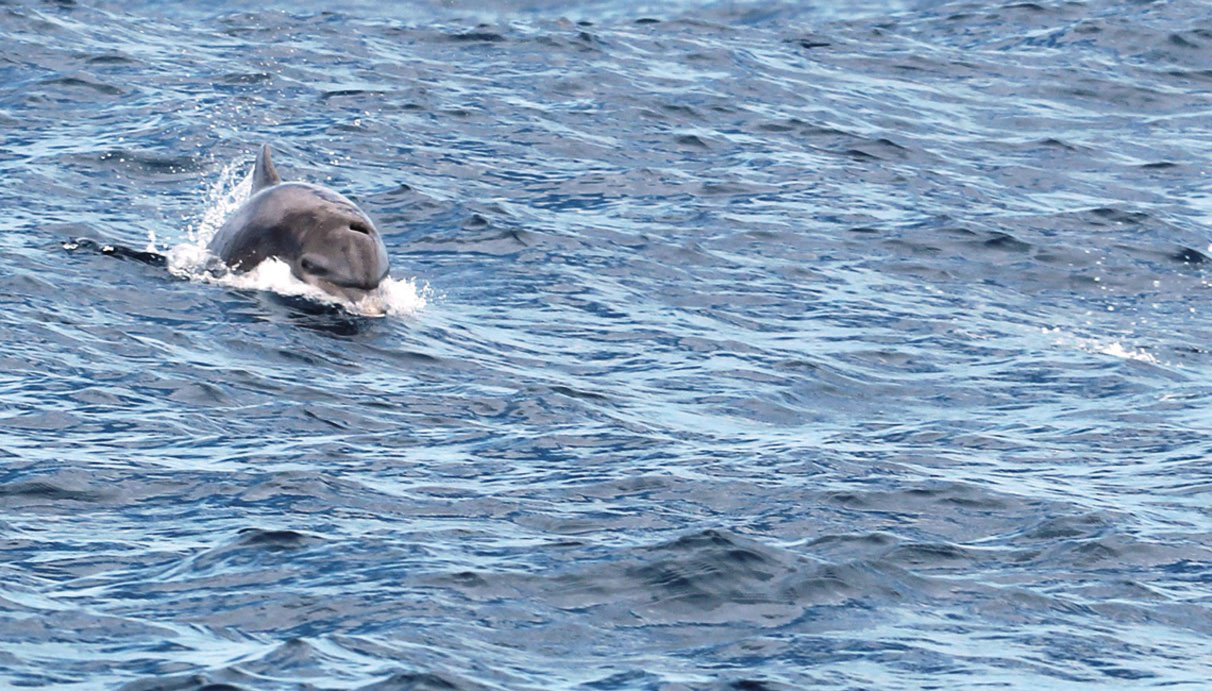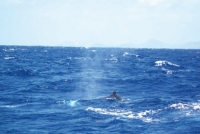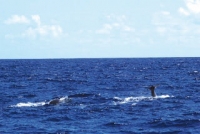Two zones of navigation were covered according to the established protocol: the first zone encircles Saba, Saint Eustatia and the Saba Bank; while the second is between Saint Martin, Anguilla, and Saint Barth. Funded by AGOA and the SPAW-CAR, this expedition was led scientifically by BREACH (association in charge of studying the marine mammal population in the AGOA sanctuary) in partnership with the Réserve Naturelle, which should over time become the local scientific reference.
Two boats were used for the staff from BREACH, AGOA, SPAW-CAR and the marine parks of Sint Maarten, Saint Eustatia and Saba, as well as the Réserve Naturelle of Saint Barth and the Réserve Naturelle of Saint Martin.
In 2010 and 2011, 11 visual observations and 16 acoustic observations were made along the 717 kilometers covered by the staff of the Réserve Naturelle, or an average of 1.6 humpback whales per 100 kilometers and relative abundance of 0.026 individual per kilometer.
The 2012 campaign is already more fruitful, based on the observation of several groups of sperm whales, dolphins, and humpback whales near our shores.
The increased number of sperm whale will be an important element in validating the importance of the Northern Islands in terms of the AGOA sanctuary, as these whales were pretty much considered absent in this zone.
Certain observations could even be made directly from the shore, as two adult and two baby humpback whales were seen late one afternoon near the entry to the marina at Oyster Pond.
This sanctuary is dedicated to the protection and conservation of marine mammals in the waters around the French West Indies, including Guadeloupe, Martinique, Saint Barthélemy, and Saint Martin.
The name AGOA is in reference to “Maï d’Agoa,” the mother of the spirit of the water in Amerindian mythology. The sanctuary covers 138,000 km2.



















